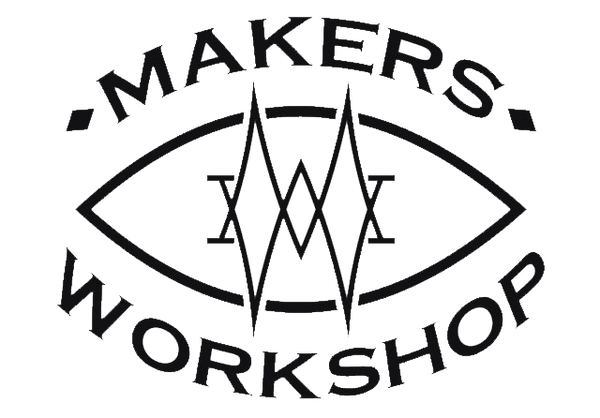Woodworking can be a rewarding and fulfilling hobby, but it can also pose risks to our furry friends. Dogs are curious creatures and may inadvertently find themselves in dangerous situations in woodshops. To ensure the safety of your beloved pet, here are the top 10 tips for dog safety in woodshops:
1. Designate a Safe Area
Create a designated area in your woodshop where your dog can safely stay while you work. This area should be away from power tools, sharp objects, and any potential hazards. If needed use a tether or gate to keep them in their safe area.
2. Secure Loose Cords and Wires
Dogs may be tempted to chew on loose cords and wires, which can lead to electric shock or other injuries. Keep cords and wires neatly secured and out of your dog's reach.
3. Use Safety Equipment
Just like you wear safety goggles and gloves, your dog should also have protective gear. Consider getting your dog eye protection to prevent any flying debris from causing harm. In addition hearing protection and something to protect their skin and coat from irritants.
4. Store Chemicals Properly
Woodshops often contain various chemicals and solvents that can be toxic to dogs if ingested. Store these substances in secure cabinets or high shelves to prevent accidental exposure.
5. Keep Tools Out of Reach
Tools such as saws, drills, and chisels can cause serious injuries to dogs. Always keep your tools safely stored in cabinets or on a workbench that is inaccessible to your furry friend.
6. Minimize Noise and Vibrations
The loud noises and vibrations from power tools can be distressing for dogs. Consider using noise-cancelling earmuffs or providing a quiet space for your dog to retreat to during woodworking sessions.
7. Clean Up Sawdust and Debris
Sawdust and wood chips can be harmful if ingested by dogs. Regularly clean up your woodshop to prevent your dog from accidentally consuming these materials.
8. Supervise Your Dog
Never leave your dog unattended in the woodshop. Supervision is crucial to ensure their safety and prevent any accidents from occurring.
9. Train Your Dog
Teach your dog basic commands such as "stay" and "leave it" to prevent them from approaching dangerous areas or objects in the woodshop.
10. Provide Adequate Exercise
A tired dog is less likely to get into trouble. Before starting your woodworking projects, make sure your dog has had enough exercise to reduce their curiosity and energy levels.
By following these top 10 tips for dog safety in woodshops, you can create a safe environment for both you and your furry companion. Remember, prevention is key when it comes to keeping your dog out of harm's way in the woodshop.

